This review contains spoilers for the live-action adaptation of “One Piece.”
Followers of mangaka Eiichiro Oda may have just found the treasure of the One Piece in the newly adapted live-action Netflix show released on Aug. 31.
After drawing over 1000 chapters of the “One Piece” manga, Oda finally decided it was time to release a live-action rendition of the wildly popular series. Fans were apprehensive at first due to previous live-action adaptations of anime and manga disrespecting the source material. But with live-action “One Piece,” you could say fans were “going merry.”
The show was a hit. It has remained in Netflix’s Top Ten for seven weeks and received a 95% Audience Score on Rotten Tomatoes. Why?
Most everything remained true to “One Piece,” despite some changes to the plot. This makes sense: Oda was heavily involved in the process of making the show. Additionally, the directors and cast were passionate fans of the manga and anime.
In fact, the showrunner Matt Owens considers himself a “mega-fan” of “One Piece.” From Buggy’s circus set, to the detailed swirling on Luffy’s Devil Fruit, to the horrifyingly accurate Den Den Mushi, I could tell that the show wasn’t just a cash grab.
As someone who has read over 1000 chapters of “One Piece,” my first concern was the pacing of the show. How would the massive amount of content fit into digestible episodes?
I expected the live action to either change the manga’s plot completely or meander around with unimportant filler like the anime. However, the live action managed to squeeze around 100 chapters into eight one-hour long episodes while preserving key details.
Despite the improvement compared to the anime, the fast pacing alienated me from some of the more emotional scenes, such as during the flashbacks of Luffy and Shanks. Yet overall, the show had its log pose pointed in the right direction and was a gorgeous sight to see.
Speaking of which, the show had beautiful cinematography. The shots of vast oceans and majestic ships in the earlier episodes imbued the show with a feeling of freedom and adventure. Ominous lighting during the Syrup Island Arc had me on the edge of my seat. The golden lighting of Zoro’s otherwise plain backstory brought more tears to my eyes than when I read the manga.
Beyond that, the depiction of Luffy and Buggy’s Devil Fruit powers was spectacular. I was expecting the CGI to hilariously fail, yet I found myself enamored with Buggy’s “Chop Chop” limbs floating around the screen and Luffy’s iconic “Gum-Gum Pistol.”
The CGI wasn’t the only thing bringing the show’s pirate fantasy world to life. The prosthetics for the Fish-men, a race of man-fish hybrids, successfully translated drawing to reality. My favorite Fish-man scene was when the villainous pirate Arlong’s teeth fell out and bloodily grew back in. It was gore galore, but the scene highlighted the enormous amount of effort the showrunners put into creating realistic imagery. I do wish that Arlong’s sawshark nose was as long as it was in the manga, but that’s the only gripe I have about the otherwise fantastic costume design.
All of the costumes were based off of Oda’s color spreads and cover pages, showing the incredible dedication to accuracy. Zoro wore his iconic black bandana and green haramaki. The most recognizable character, of course, with his red vest, blue shorts and iconic straw hat, was the appropriately dubbed “Straw Hat Luffy.”
Luffy, the main character of “One Piece,” exploded off the page into the actor Iñaki Godoy. Oda himself was blown away by Godoy. When he saw Godoy’s audition tape, he laughed and thought, “that’s Luffy.”
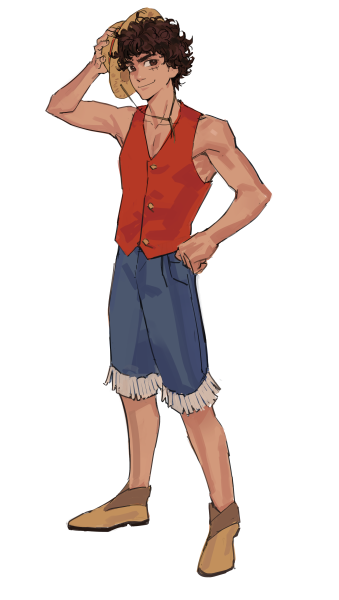
Godoy is indeed Luffy, both on and off the screen.
He encapsulates the character’s happy-go-lucky attitude. His endless enthusiasm for adventure vibrates through the screen. Godoy illustrates a figure of someone with complete faith in himself and his crew.
Yet, Godoy’s subtle expressions and body language reveal a more complex character. The same character who picks his nose also worries when waiting for his first-mate Zoro to wake up from his injuries. Live-action Luffy expressed more vulnerability than manga Luffy.
Roronoa Zoro, portrayed by Mackenyu, is another character who rarely expresses vulnerability: his confidence in himself never wavers. Due to his bold wielding of three swords, Zoro is a fan favorite. However, in the earlier episodes of the live action, Zoro was almost a caricature of himself. There wasn’t a sentence he said that wasn’t growled in a deep, rumbling voice. He dropped cheesy one-liners that made him seem edgy rather than cool.
Later on though, Zoro became more approachable. He played a drinking game with Nami where both of them shared their backstories. He also started bantering with Sanji more, similar to how Sanji and Zoro always argue in the manga.
Simply put, Zoro became human.
A character that was always portrayed as “human” to me was Nami, the crew’s navigator, who dreams to create a map of the world. Actress Emily Rudd dove into Nami’s character, submerging viewers into her experience of learning that the world doesn’t rest on her shoulders.
Nami starts off as a sneaky thief. She’s independent, logical and knows what she wants. Yet, if one dives beneath the surface, her confidence only cloaks her inability to rely on others. For example, Netflix added a scene where Nami lies to Kaya about never losing someone close to herself in a heartfelt conversation.
But Nami learns to trust her crew, her family. After Nami loses the millions of Beris she toiled for her entire life to save her beloved village, she cries and asks Luffy to help her defeat Arlong.
In contrast to women in other anime and manga, Nami is a multi-dimensional character with motivation: she doesn’t just “sit there and look pretty” while waiting for the main character to fall in love with her.
While Rudd’s characterization of Nami is excellent, I wish I could’ve seen more of Nami’s manipulative side. Nami in the manga loved taking advantage of desperate, love-stricken men and stealing all of their Beri – especially when it came to a certain French cook: Sanji.
The casting of Taz Skylar as Sanji was perfection – chef’s kiss. He’s charming, fights well and best of all, isn’t a total creep when interacting with women. Manga Sanji was someone I would’ve avoided with a five-mile radius. He was taught chivalry, but he often took this noble value to an extreme. Whenever he saw a woman, Sanji would obsequiously fall over himself to compliment and flirt with her, to the point of making the woman highly uncomfortable. Live-action Sanji still flirted with women, but he wasn’t a complete weirdo about it.
Besides finally treating women like normal human beings, live-action Sanji endears himself to the audience through a tough-love relationship with his found family of Zeff. When Sanji finally leaves the Baratie after Zeff hurls insult after insult at him, Zeff yells at Sanji to “keep his feet dry” and Sanji tearfully thanks Zeff for “putting up with him all these years.” Although the scene was less dramatic than the manga and anime, the decreased dramatism made the scene more real and relatable.
However, while the show’s relatability increased in some scenes, it decreased in the portrayal of Usopp, the ship’s sharp-shooter, played by Jacob Gibson. Gibson did a fantastic job of capturing Usopp as a scaredy-cat and chronic liar. However, Usopp had little to none of the character development that was in the manga.
He didn’t get destroyed by Captain Kuro. He didn’t step up, face his fears and use his sniper skills to save Kaya and Syrup Village. Usopp was just a coward until the end of the series when out of nowhere, he declared his dream of becoming a great warrior of the sea.
Two Marine cadets also dream of becoming great warriors of the sea: Koby and Helmeppo. Koby is a character foil of Luffy: he’s shy, unconfident and unsure of his ideals. Helmeppo may seem like your typical arrogant rich guy, but he only wants to impress his uncaring father. This unlikely duo slowly became friends. Unlike in the manga, the live action displays their blossoming friendship and their character growth. I enjoyed Helmeppo’s elitist ego deflating and seeing Koby place more confidence in his beliefs.
Speaking of Koby, he is played by Morgan Davies, a trans man. This particular casting thrilled me. Having a queer actor play an important character in such a popular show represents a major stepping stone in LGBTQ+ diversity in the media, especially when the actor’s queerness is not their defining feature.
What did not thrill me was the character differences in Garp, Luffy’s grandfather. In the live action, Garp is a villain. He’s set out to stop Luffy’s dreams from coming true on every path. There’s a lack of the goofiness and grandfatherly love that Garp had in the manga. At the end, it was revealed that Garp was merely “testing” Luffy’s beliefs, but I did not find it a satisfying conclusion to a conflict that spanned the entire season: it was anticlimactic.
Overall however, the characters and casting for the show were nearly perfect. Captain Kuro, a pirate captain with unmatchable speed, blades as fingers and a truly heinous smile, utterly terrified me. Mihawk, the Warlord who holds the title of the world’s greatest swordsman, fought in the same haughty fashion as he did in the manga.
The season ends with a scene of someone burning Luffy’s bounty poster with a cigar, presumably the Marine Vice Admiral Smoker. Old and new fans alike are hyped for Luffy’s next wild scramble with the World Government.
In fact, producers said that they had “hopes for 12 seasons” and that scripts for the second season were already finished. After the SAG-AFTRA strike, Season 2 could be ready to release in a year.
Live-action “One Piece” is just getting started. By the time Luffy’s Straw Hat Pirates reach the Grand Line, viewers will have also traveled into a “New World” with the crew.


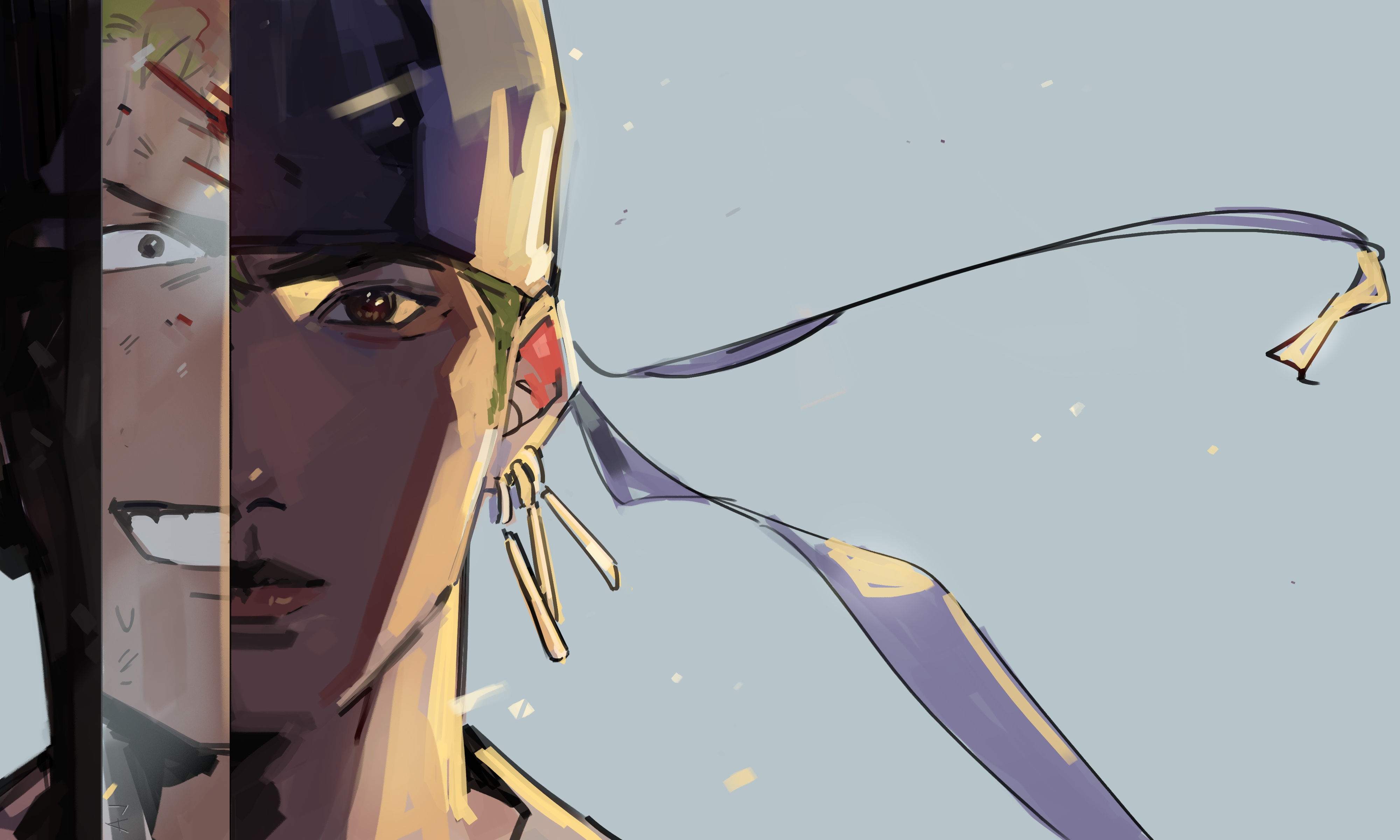
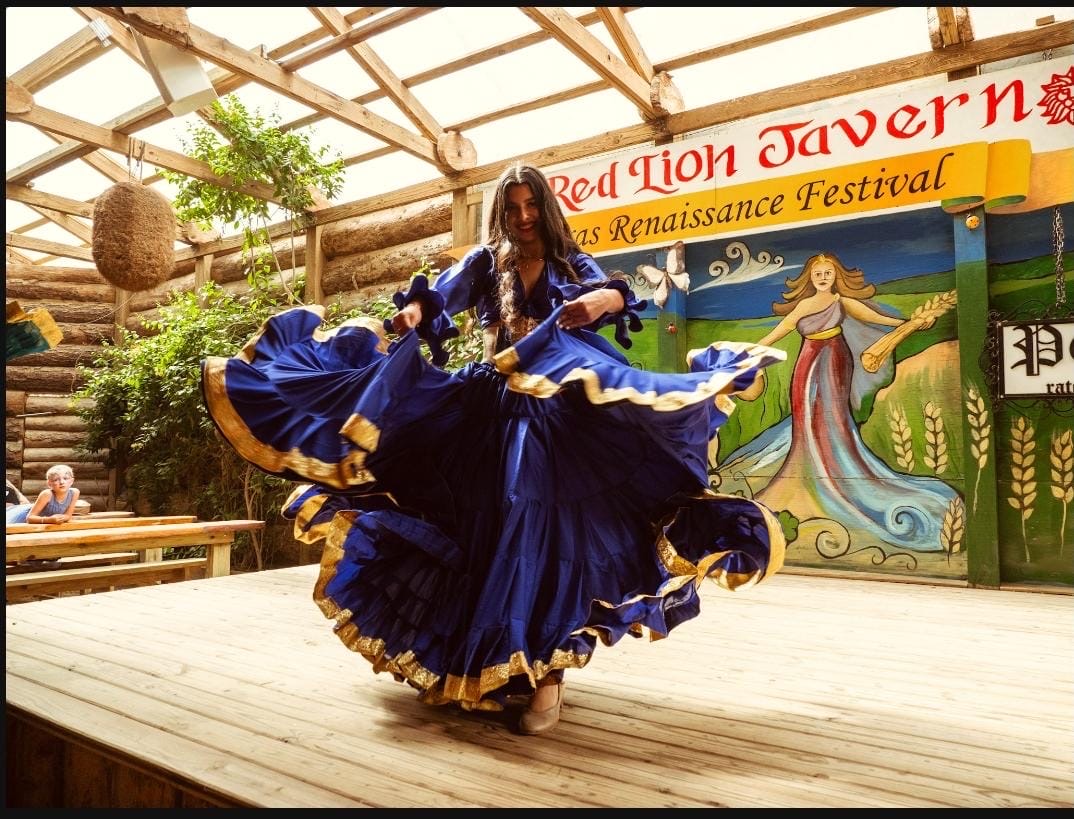
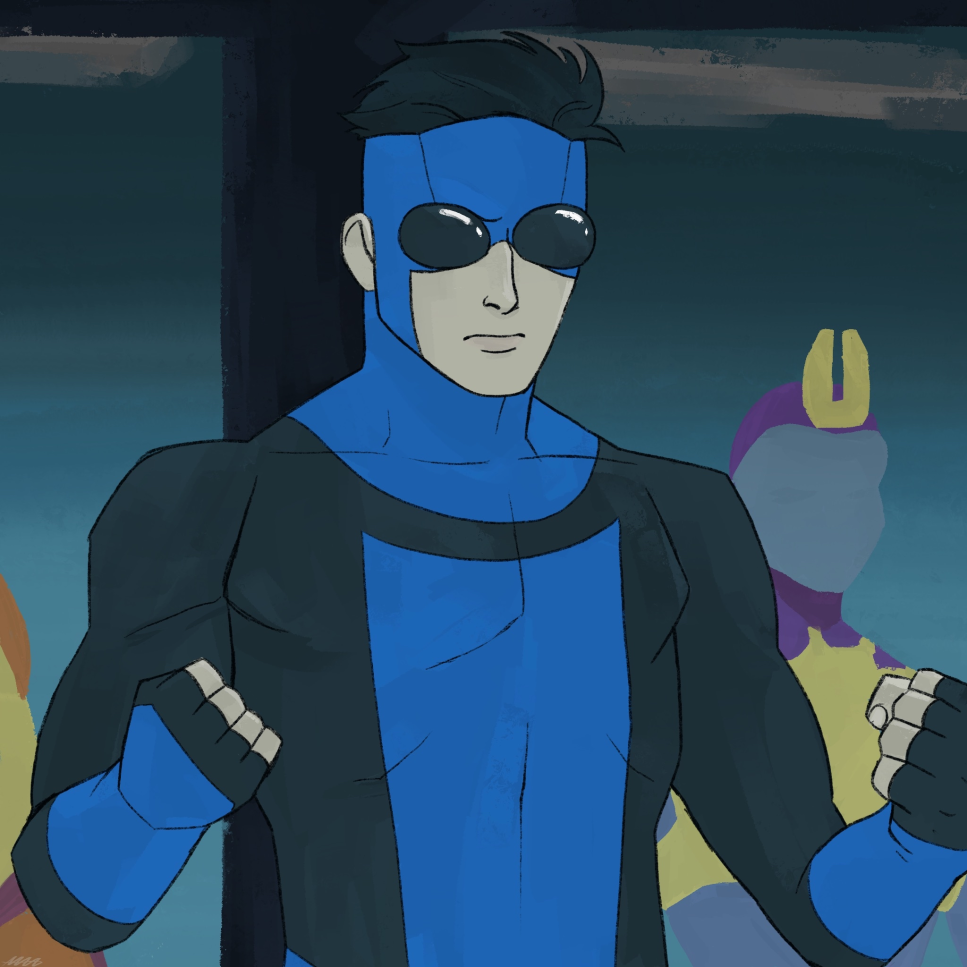
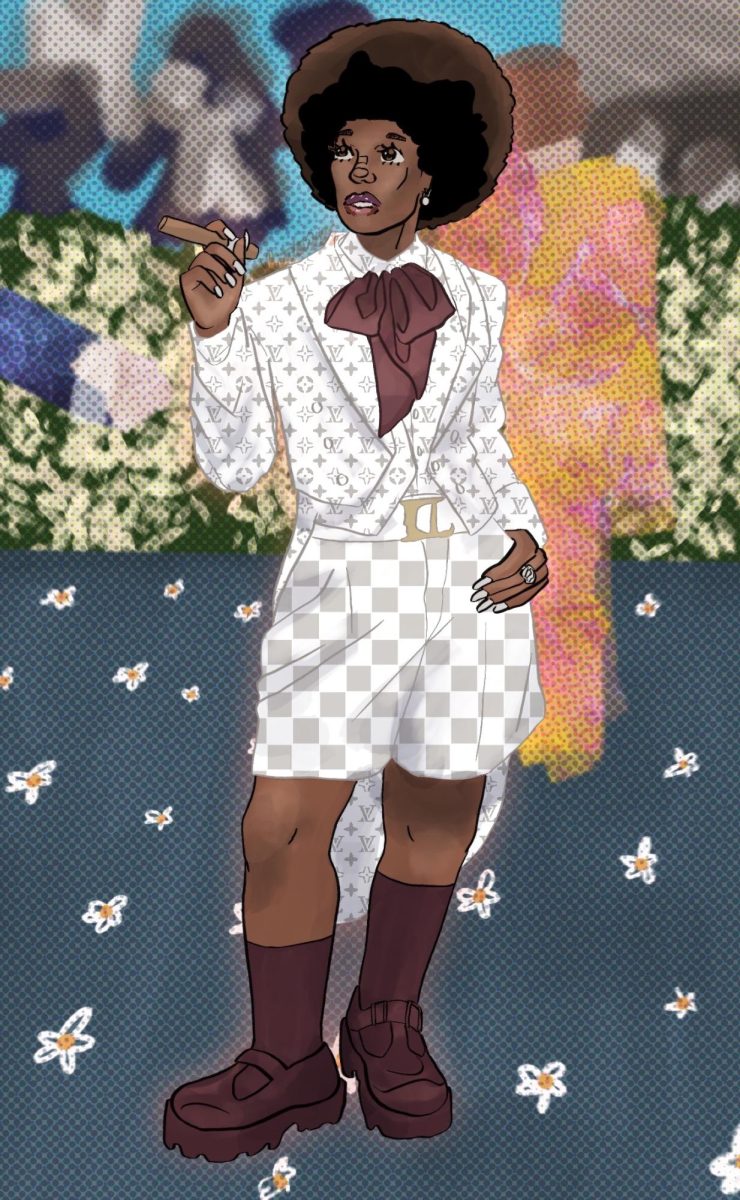
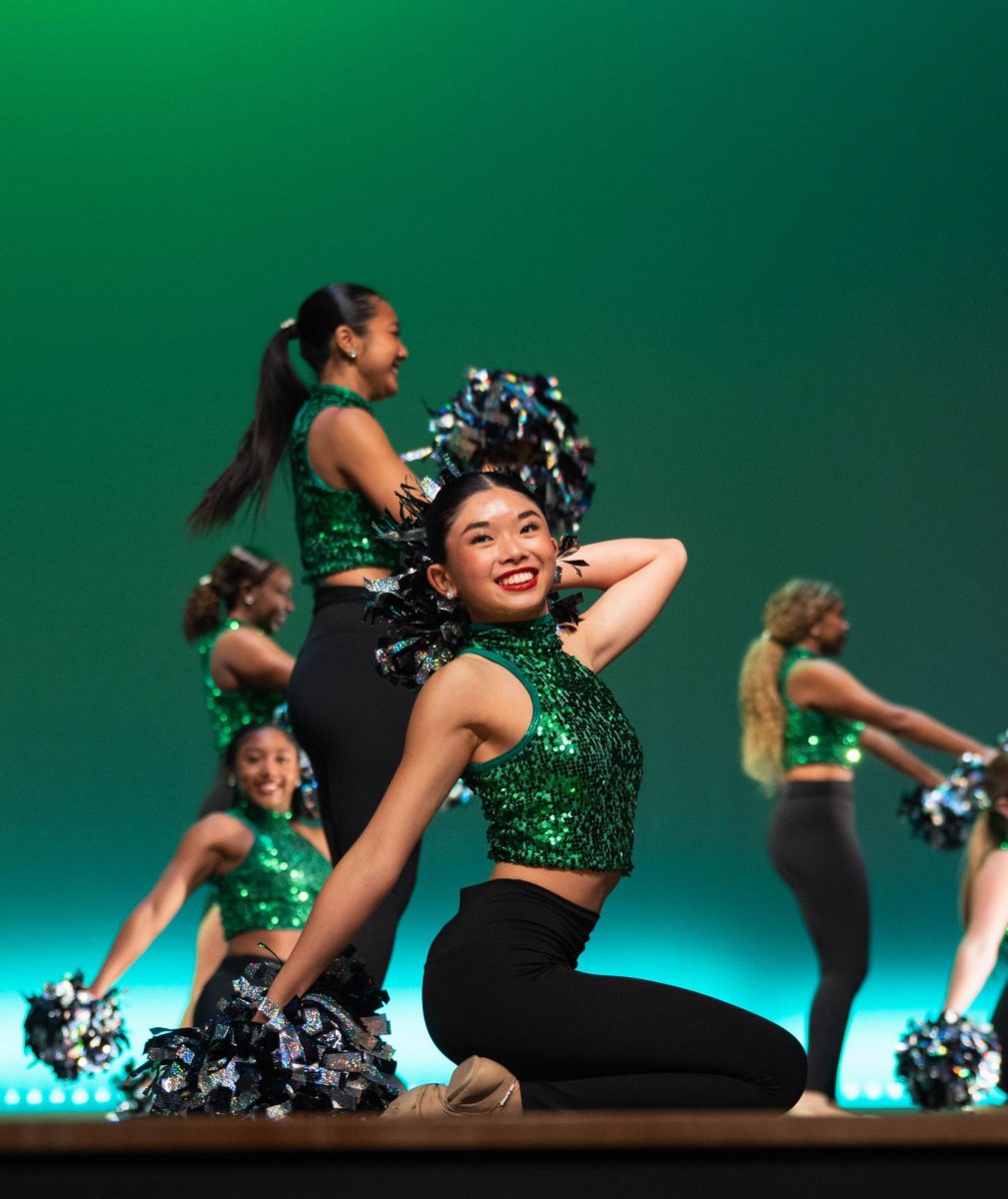

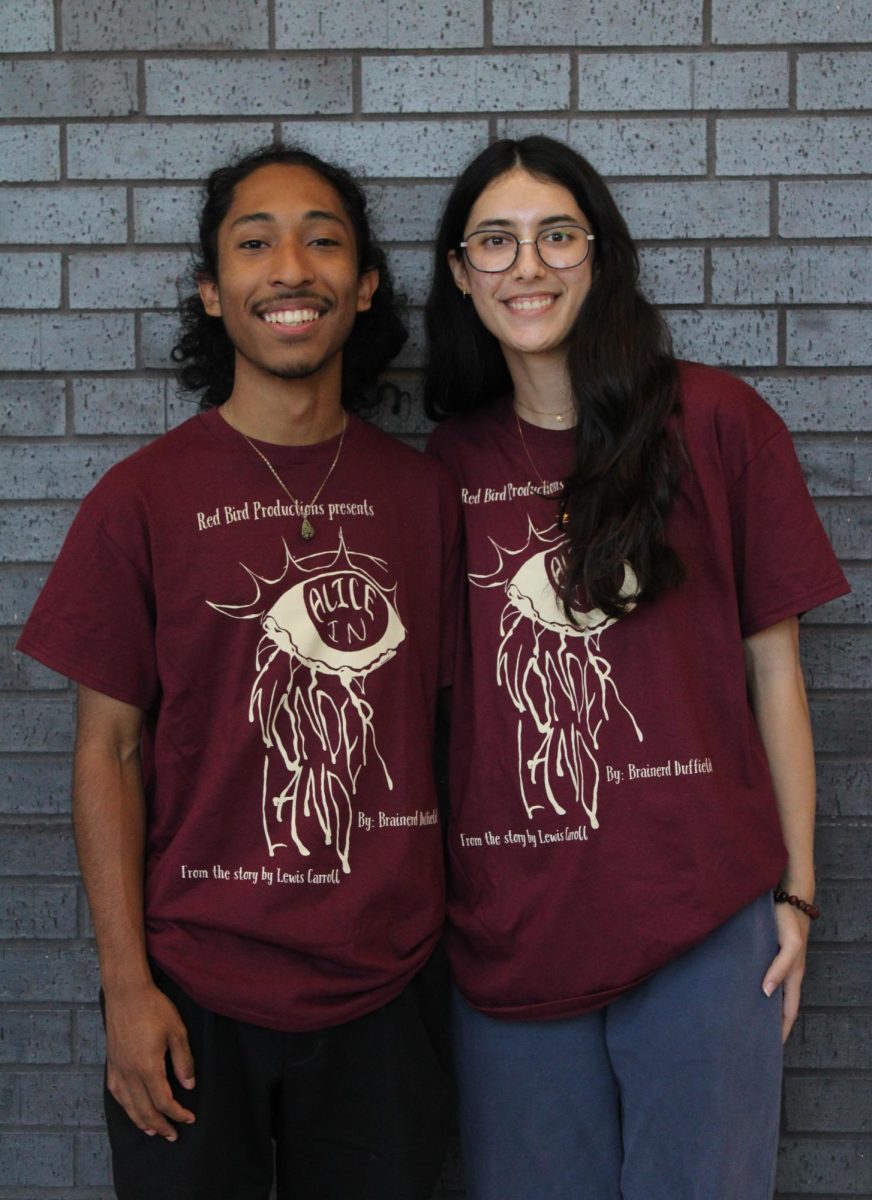
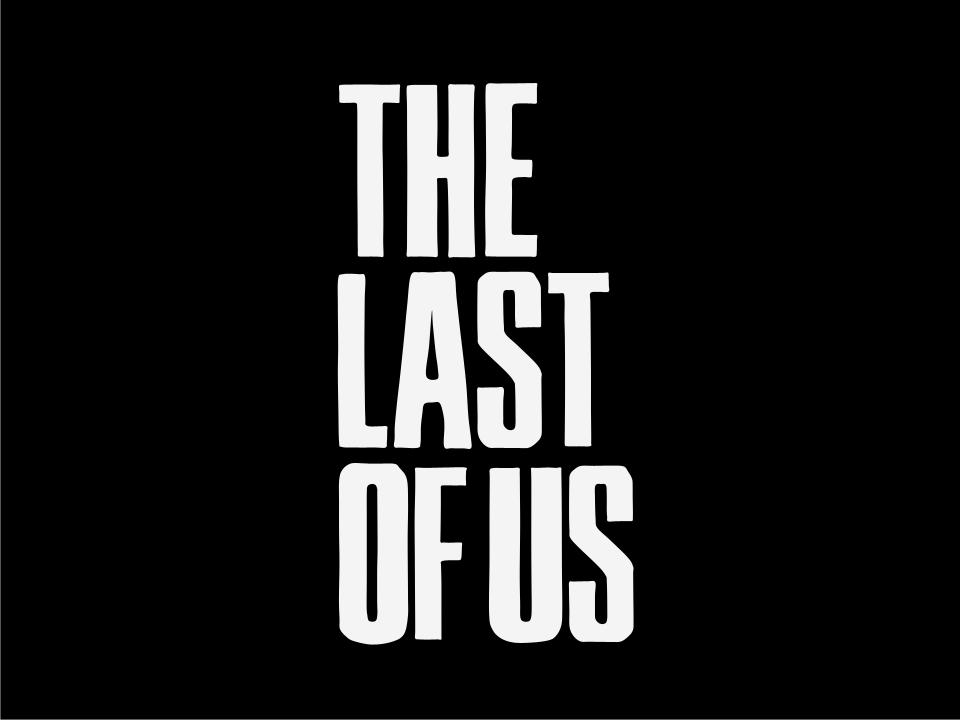
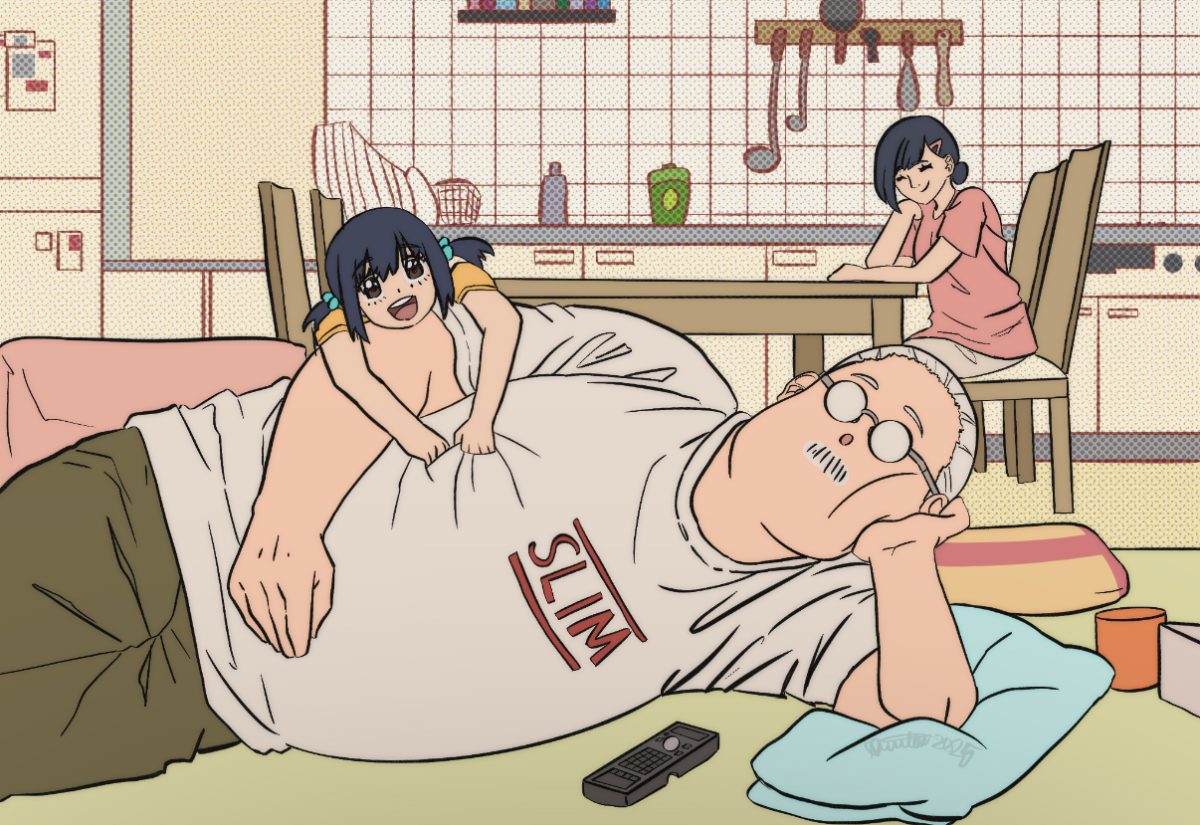
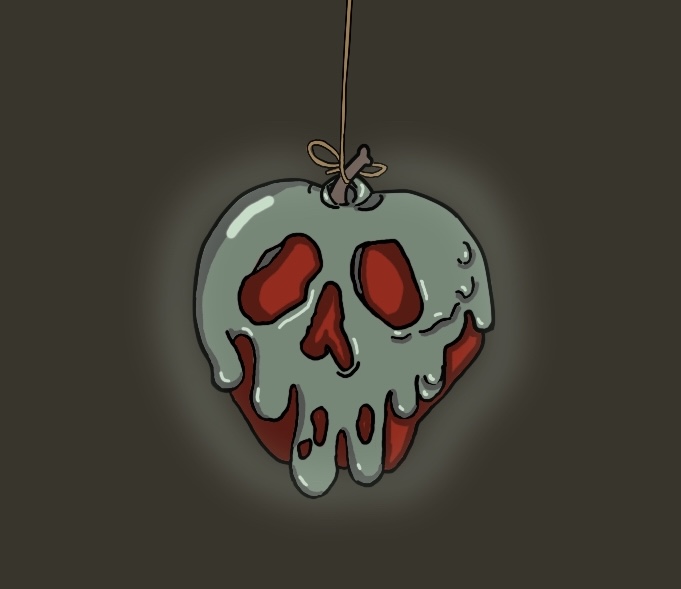
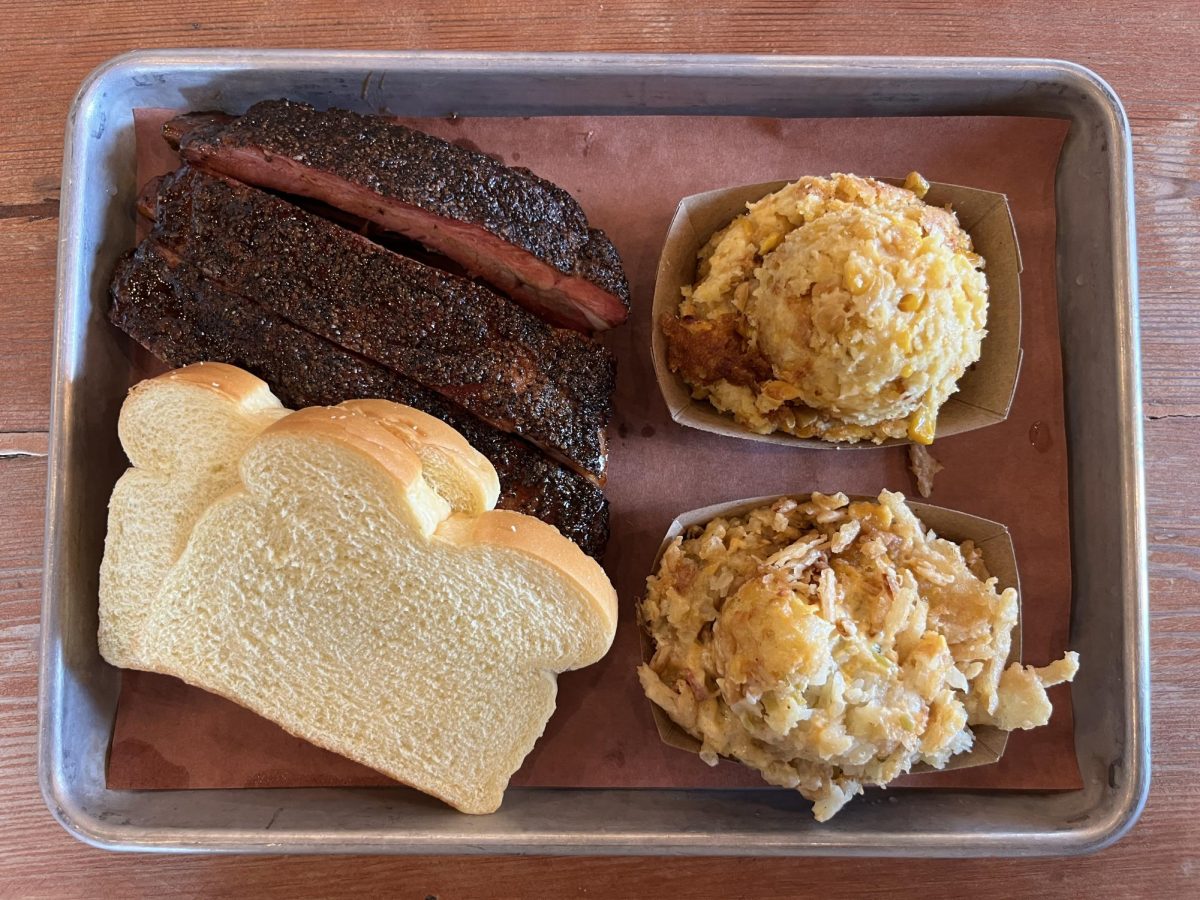
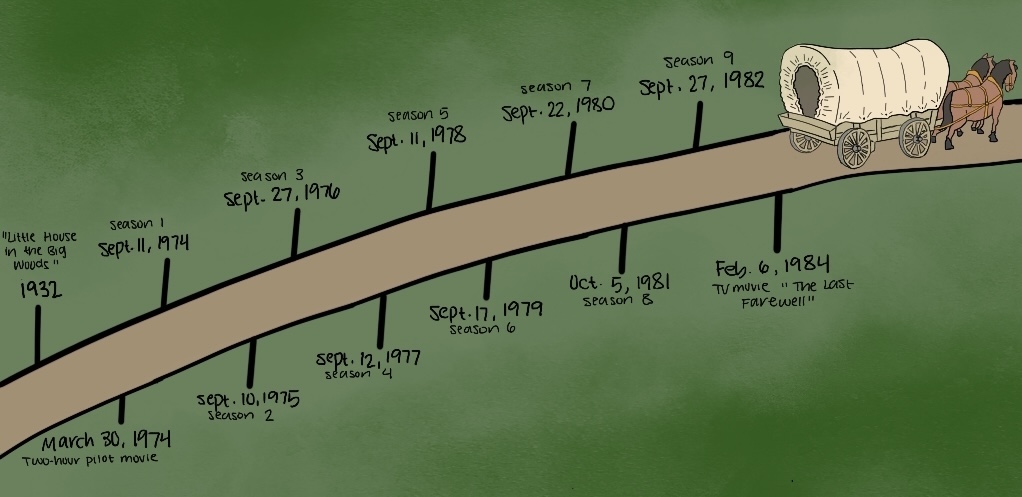
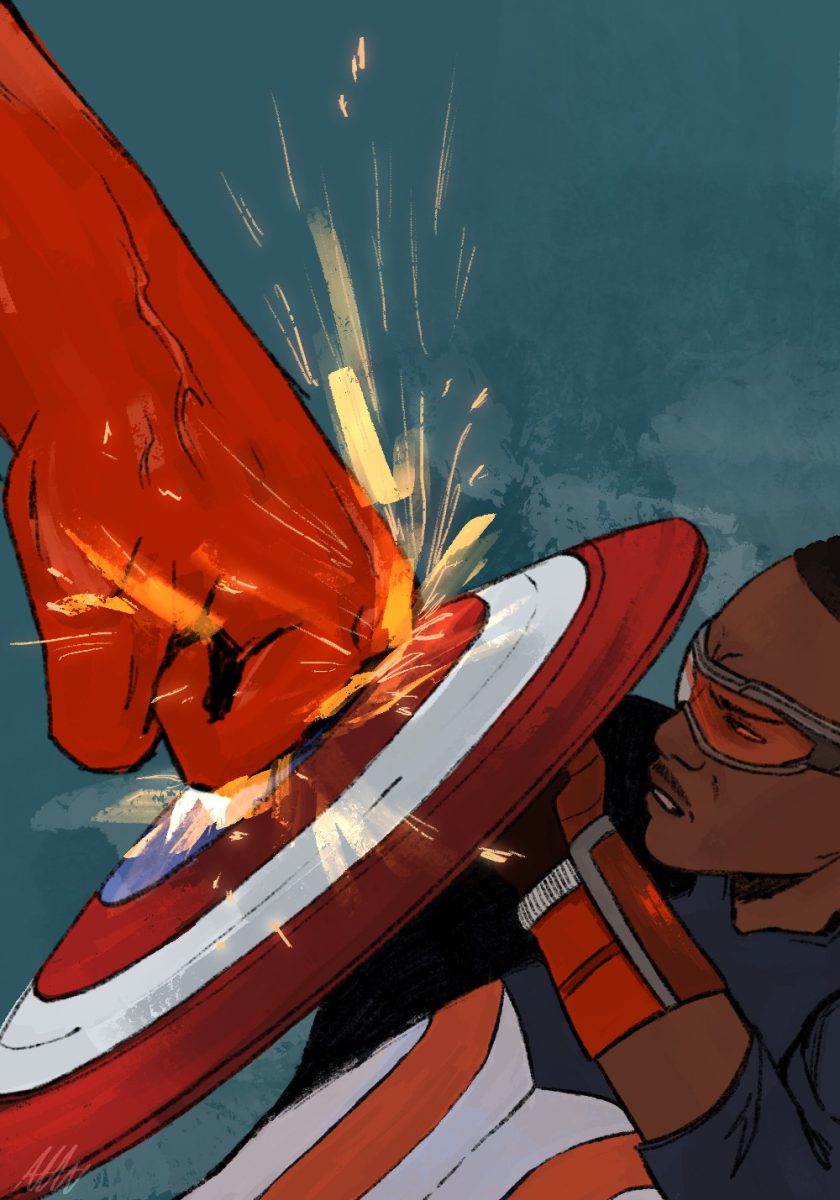
Johanna Wen • Nov 6, 2023 at 6:30 pm
Awesome story, ashame the top art got cut off, it’s so fire <33
Joy Xia • Nov 5, 2023 at 5:24 pm
I love this, super excited for future seasons too!!
Irene Zheng • Nov 4, 2023 at 11:42 pm
Love One Piece and love your writing, go Clarissa!
Marina Martinez • Nov 3, 2023 at 11:41 am
Love this review! Can’t wait for season 2 of OPLA!!
Weston • Nov 2, 2023 at 12:59 am
What an amazing review! Good job!
Allen • Nov 1, 2023 at 9:16 pm
The one piece is real
Alex Tang • Nov 1, 2023 at 6:31 pm
The one piece isreal!?!?!?⁉️⁉️⁉️❗️❗️❗️????????????????️?️?️